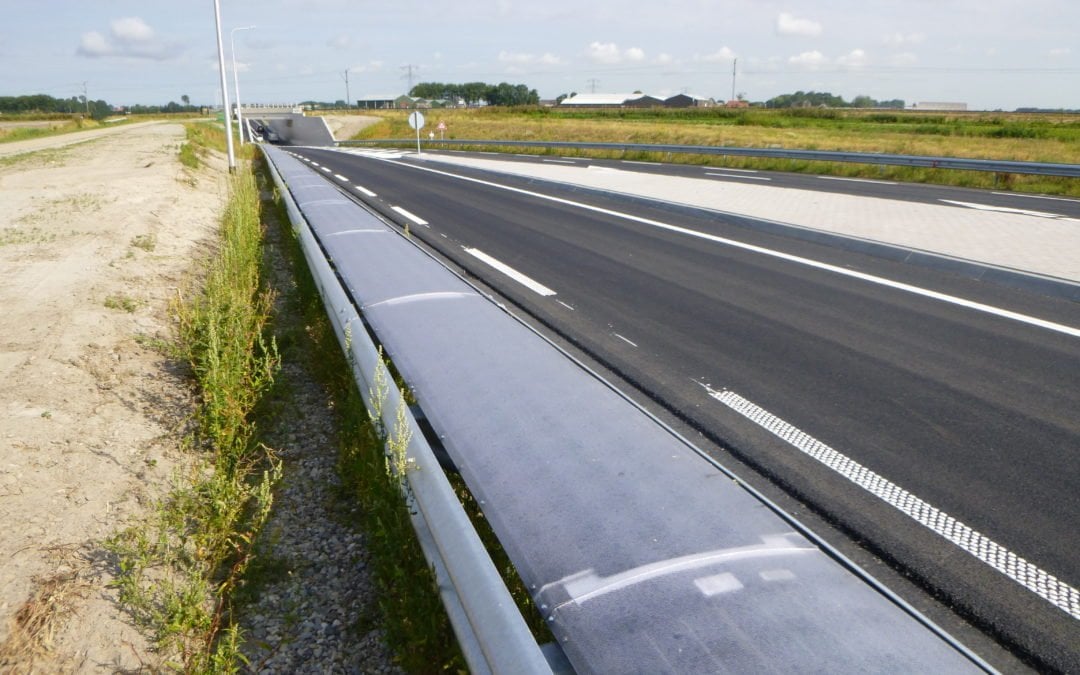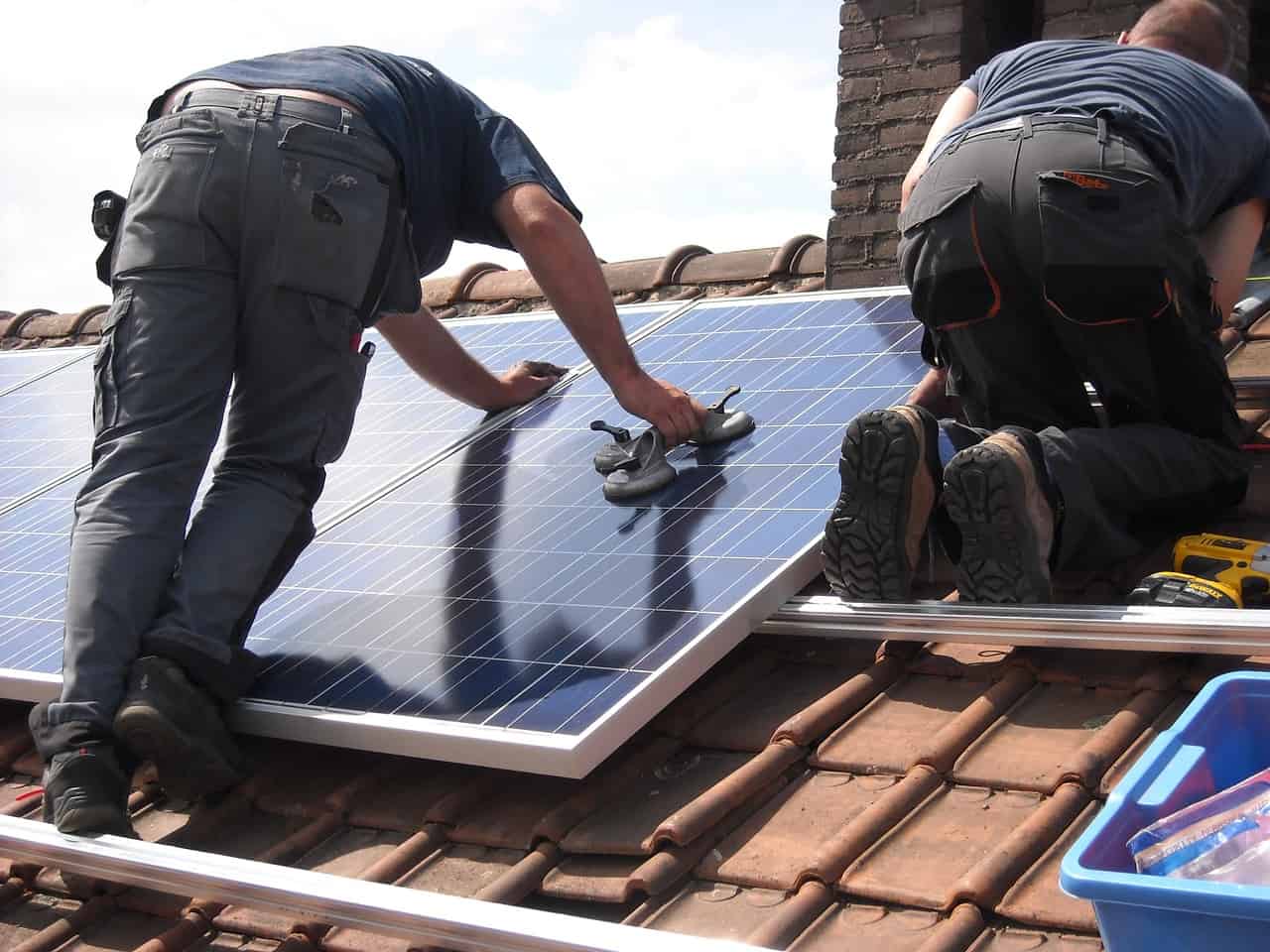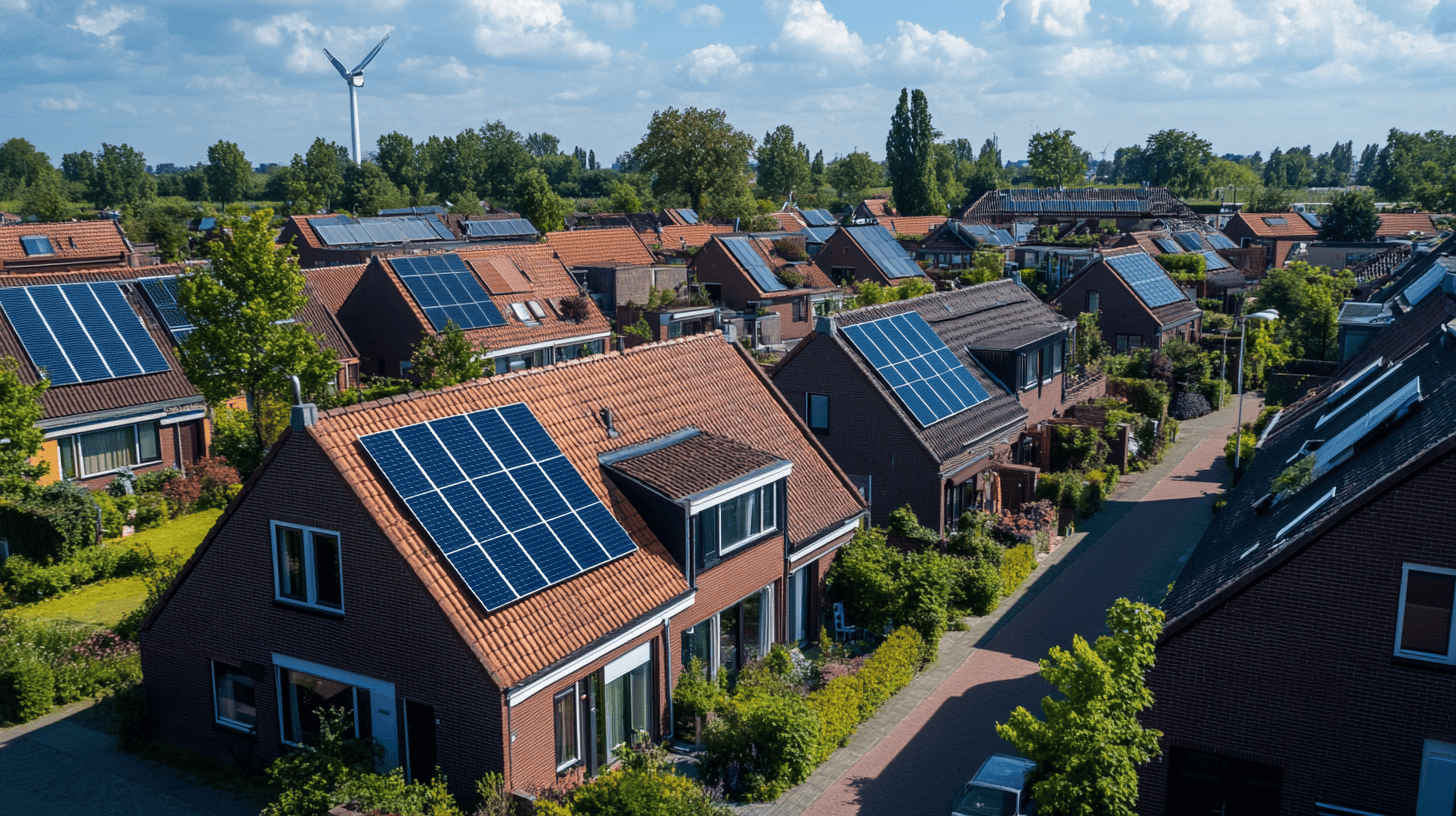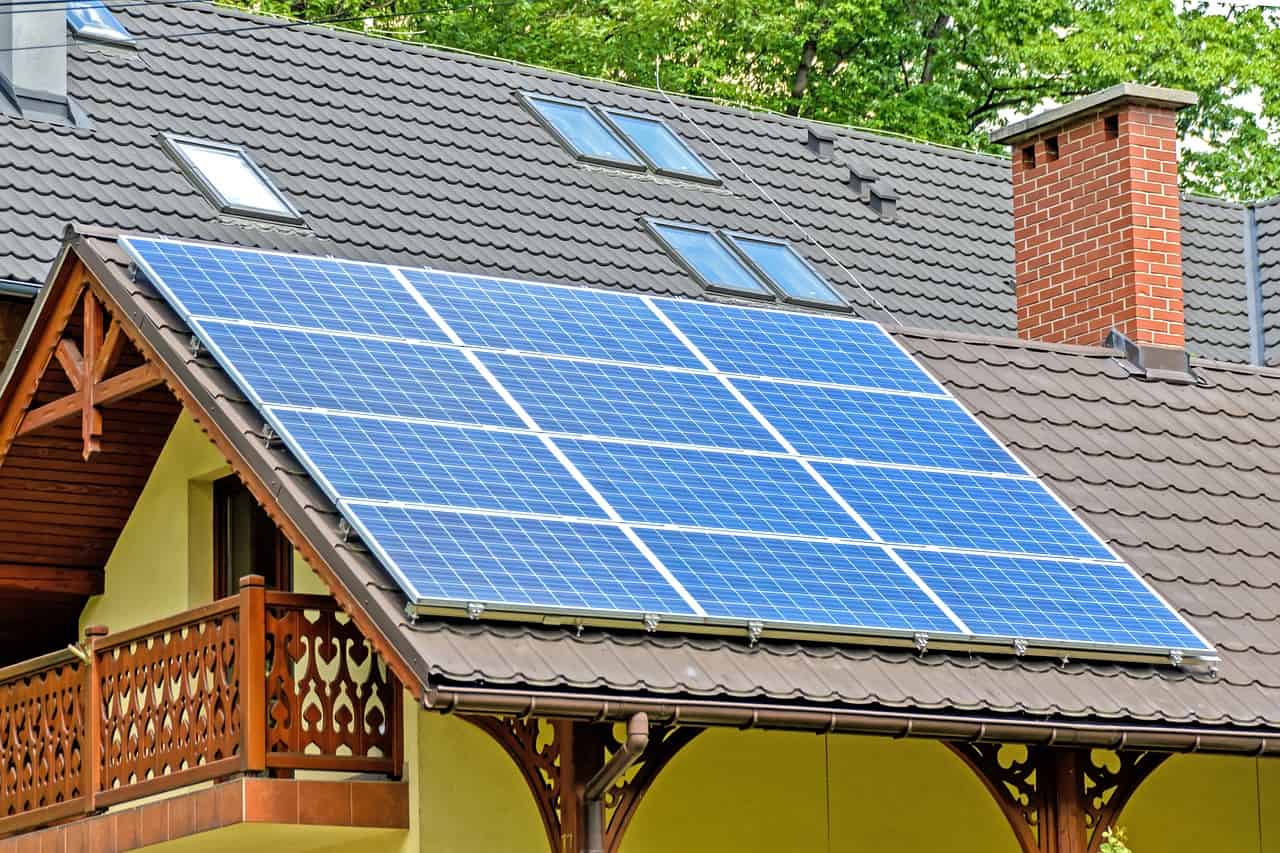
For the first time in the world, flexible solar cells have been installed on a crash barrier. It is a stretch of 72 meters on a crash barrier next to the provincial road N194 near Heerhugowaard. It is a test with flexible foil with solar cells. With this pilot, research institute Solliance (based at High Tech Campus Eindhoven) and the province of North Holland are investigating whether energy can be generated in a safe and sustainable manner for road lighting and matrix boards, or for supply to the electricity grid. The trial lasts a year.
Solar cells can be built into flexible films in addition to the well-known solar panels. This technology is in full development and the return is getting better. North Holland deputy Elisabeth Post (Mobility): “I am extremely proud that we have the scoop in North Holland. Solar cells on and along our roads increase the possibilities to generate solar energy in new locations, use it locally and make smart use of available space.”
The flexible foil with solar cells is installed in the double crash barrier next to the provincial road N194 near Heerhugowaard. Two types of films were used in this test set to compare the results: with a width of 37 cm and 50 cm. The installation of the electrical equipment and the pulling of the cables will take place at the end of July. Ronn Andriessen, Program Director at Solliance: “Last year, some experience was already gained with a small pilot setup. This gave the confidence to build the test at the N194, part of project N23 Westfrisiaweg. Now we are waiting for the first results: is there a good electricity production? Does the film continue to function properly along a road in all seasons? Can we collect and transport the energy well, even if, for example, a component fails?” To answer these and other questions, equipment has been placed that collects all sorts of data from the pilot and forwards it for analysis. Whether the solar cell trial on the crash barrier is successful will be known in the autumn of 2019. The next step is to do an investigation on a larger scale, along with different types of roads.
It is known that flexible films with solar cells can be used for electricity production, Andriessen says. “The return is slightly less than that of the known solar panels. The applications are much larger and the performance is improving quickly thanks to new developments in materials. The partners work on various projects to apply flexible films in various places. We are also working on improved production techniques and new technologies with higher efficiency, which will make solar energy cheaper.”
The project is carried out by the province of North Holland, TNO, Solliance Solar Research, Heijmans, Femtogrid, and Amsterdam University of Applied Sciences.
Source: Solliance








